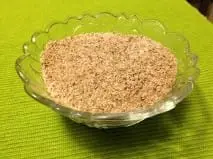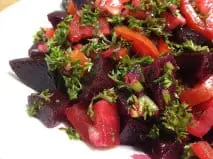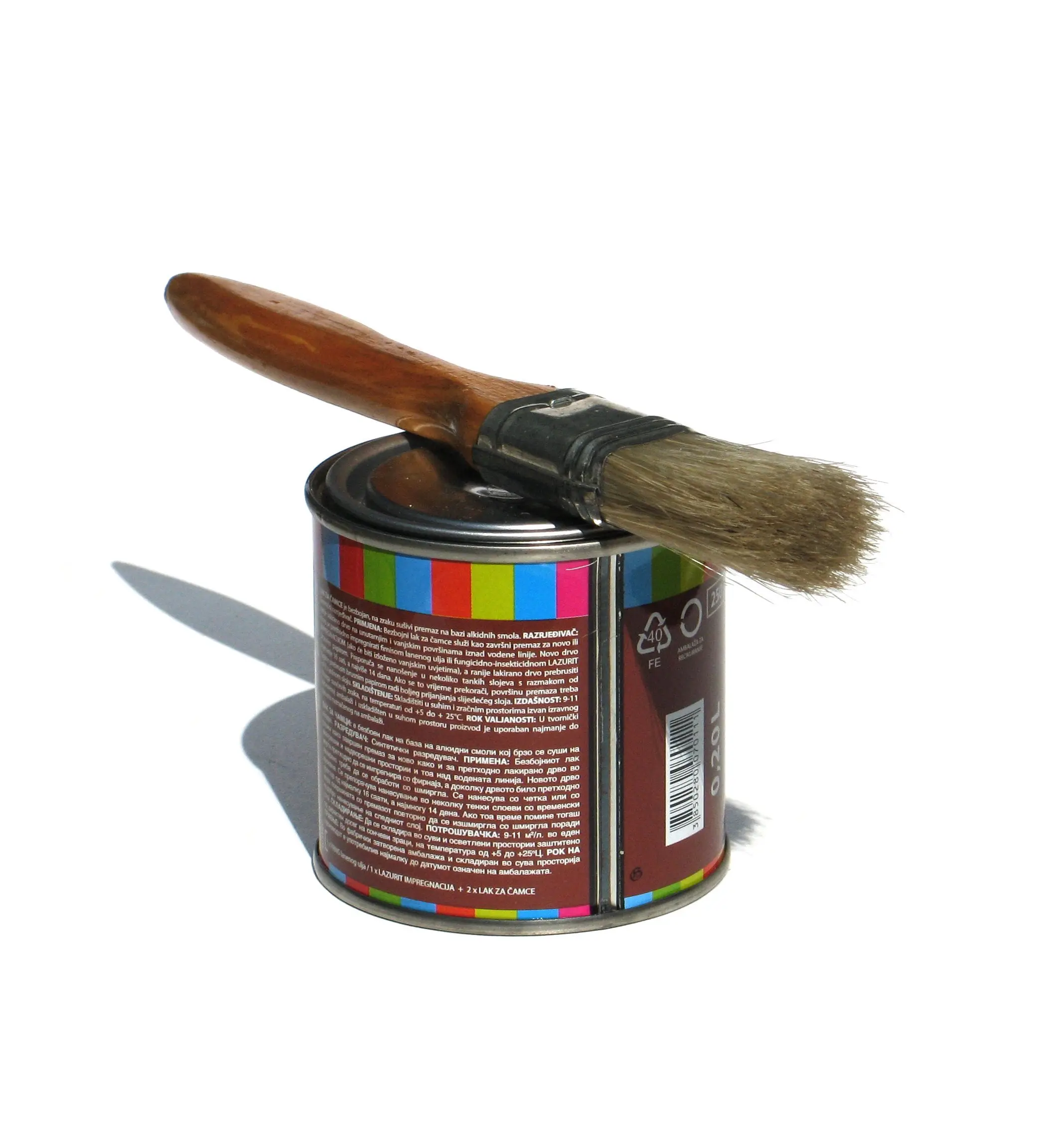I got a little nervous when our friend said “There is so much pesticide sprayed around here, make sure you peel all the vegetables you possibly can”.
We had gone for a daytrip up to the highlands of Panama, very close to the Costa Rica border, where much of the Panamanian food is grown. The land is lush with tropical vegetation, hills, valleys, birds, butterflies, and bright beautiful flowers, and I saw rows of food being grown high up on the mountains. The vegetable bags were abundant with potatoes, cabbages, carrots, tomatoes, squash, chard, beets, and onions, and we even got a huge bag for $6 – a great deal!
When I realized that most food is sprayed here I asked myself what kind of pesticides are being used? how much poison so far? and finally, does peeling your vegetables actually remove the poison? The organic greens at the town market suddenly looked pretty attractive.
I find here in Panama you can get organic vegetables but you have to look for it. Really, I don’t think it is too much different here than it is where you live. You just have to be aware and resolved to deal with toxicity on any food as best you can – thorough washing or even by peeling. Here’s what I am doing:
Tip 1. Using Grapefruit Seed Extract as a vegetable wash. I have Grapefruit Seed Extract (Nutribiotic) with me so I have been soaking everything in that. I have been putting 5-10 drops of GSE in a bowl of soaking water, to wash off the toxins from pesticides. Another vegetable wash that is easy for the do-it-yourselfer is white vinegar. Put approx. 1/2 cup of vinegar in a spray bottle and fill it up with water. Spray your vegetables and fruits, or you can soak them in the sink with vinegar.
Tip 2. Trying to get organic if possible. The local health food store has a source for organic chickens, eggs and vegetables in quantity. We also have a local organic farmer who sells at the Tuesday market, along with a man who parks his truck and sells organic vegetables and herbs from the back of his truck at very reasonable prices.
Tip 3. Counting the vegetables with thick skins or those that grow very high in the air as safe: peas in the shell, squash, broccoli, onions, cabbage, avocado, bananas, pineapple, mango. Avoid fruits where the pesticides go right in the core are apples and strawberries. Others to get organic if possible are: celery, bell peppers, potatoes, spinach, lettuce and thin-skinned vegetables/fruits.
Tip 4. Always check with the dirty dozen list and the clean vegetables are listed at http://www.ewg.org/foodnews/summary/
Of course, pesticide use changes in other countries, so you cannot guarantee that this list holds for your country. Ask questions and do your own research. Find out which fruits and vegetables grow naturally, and which ones attract bugs and are sprayed. Find out if the spray is on the actual produce and/or in the soil. Grow your own food if you can.
To be honest, the only way to know if pesticides remain on unpeeled vegetables is to have them tested for the chemical which they were sprayed with. And peeling doesn’t necessarily remove all sprays. My advice is, in the tropics wash your vegetables and fruits well.
Until then, I’ll support organic gardening as much as possible. You’ll make friends with some really cool people.
Lyn














